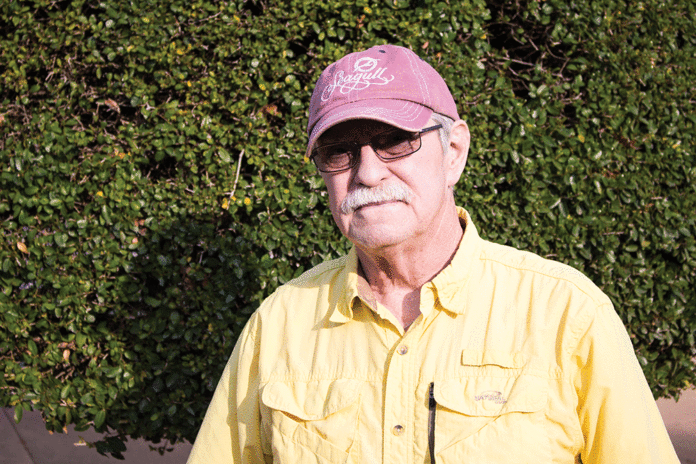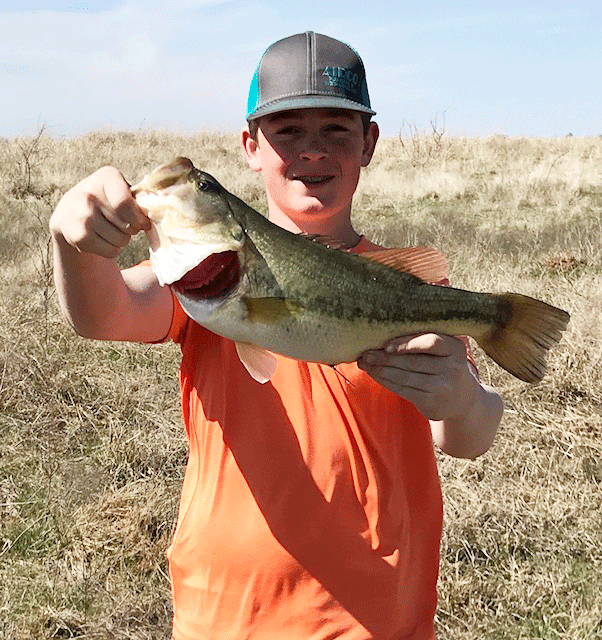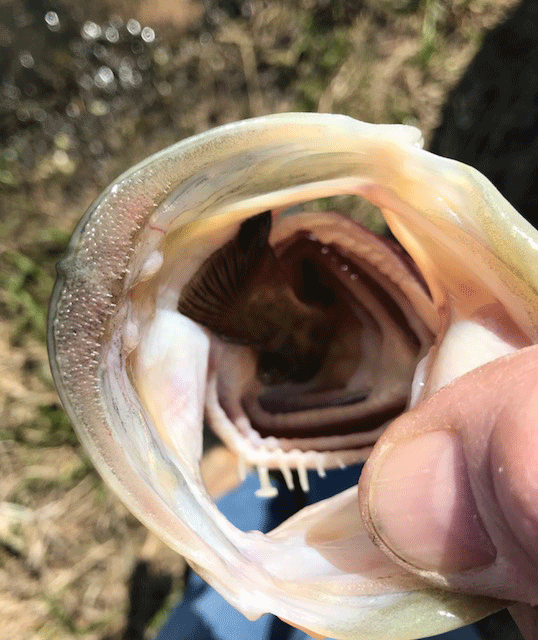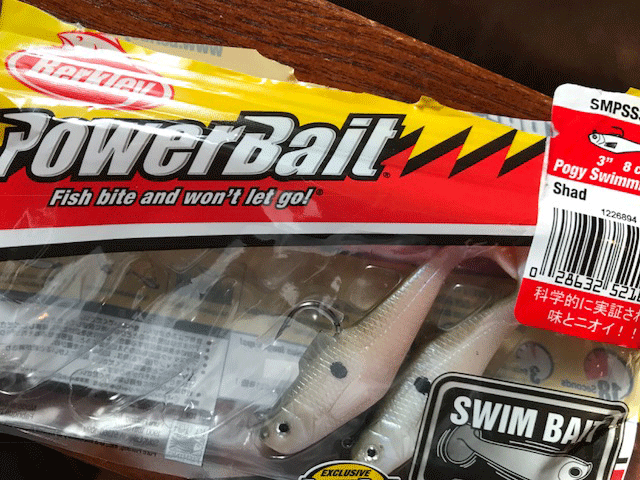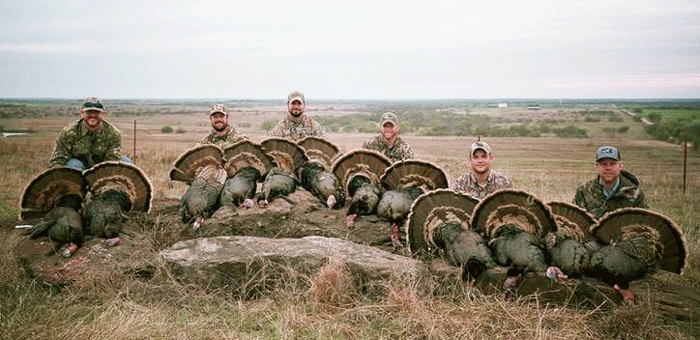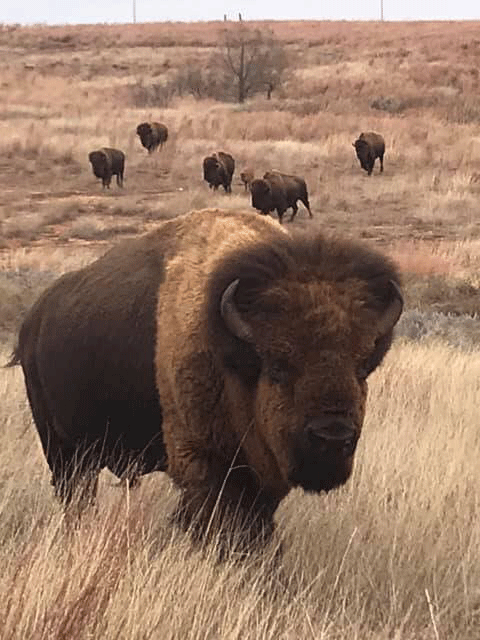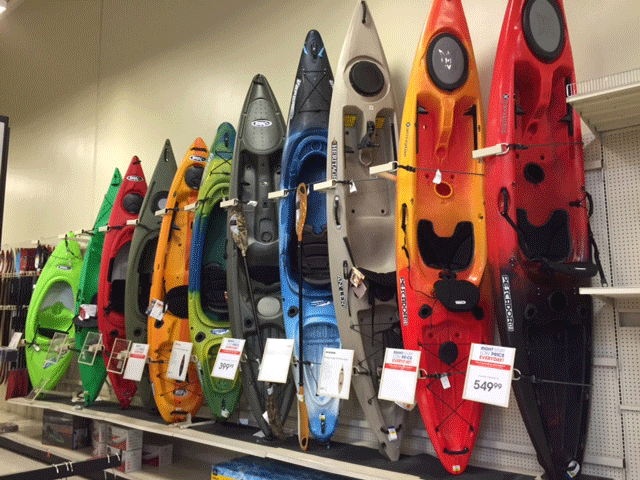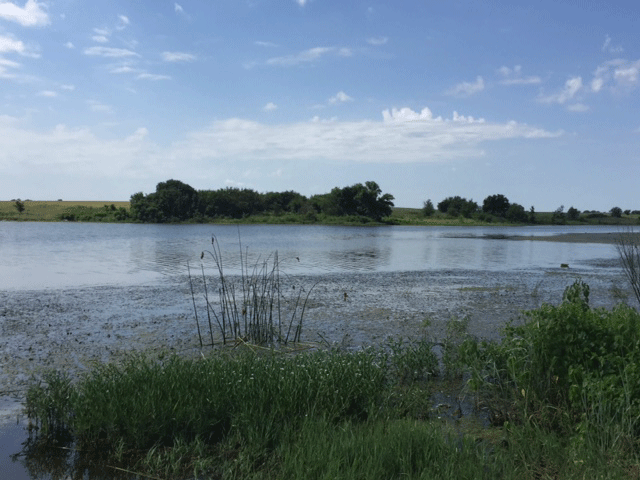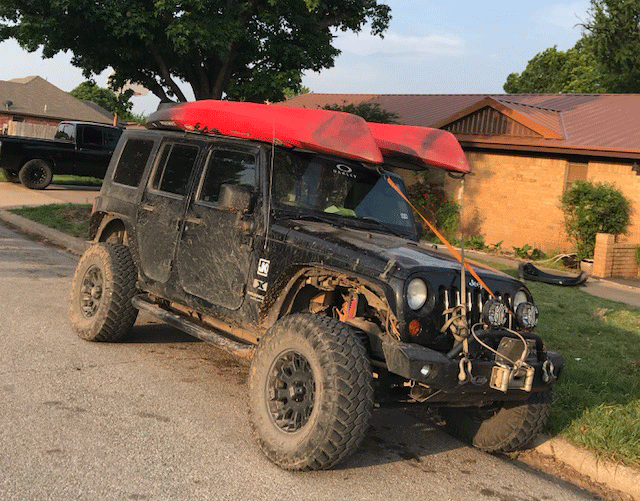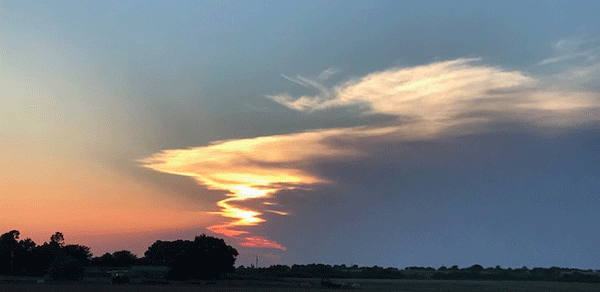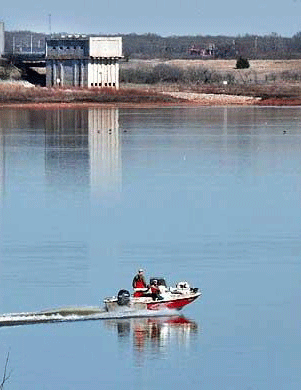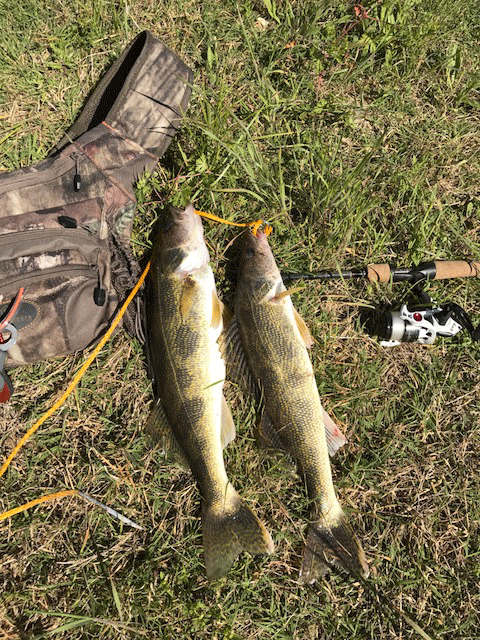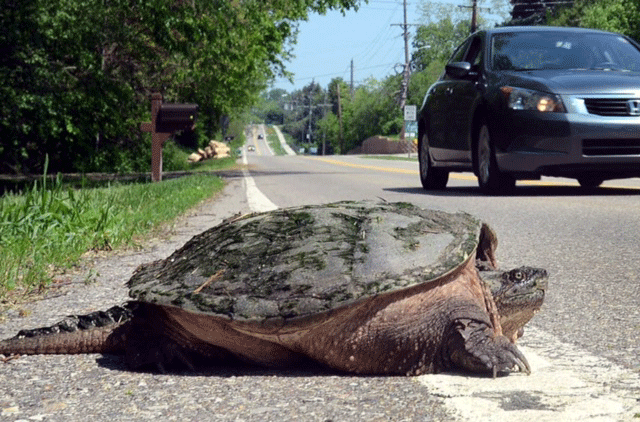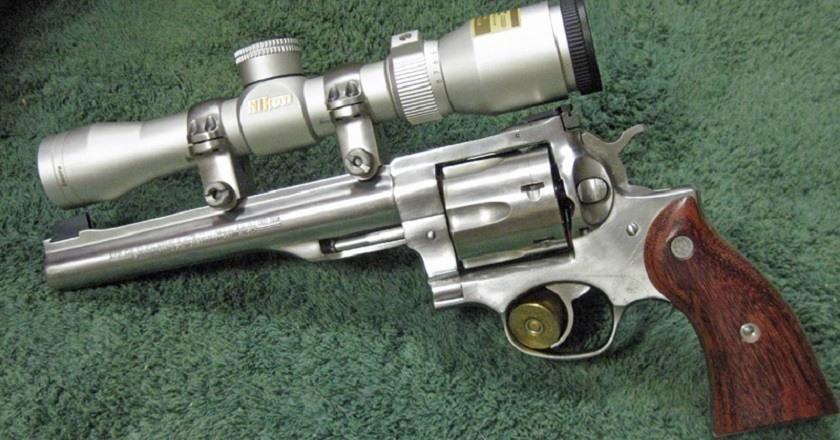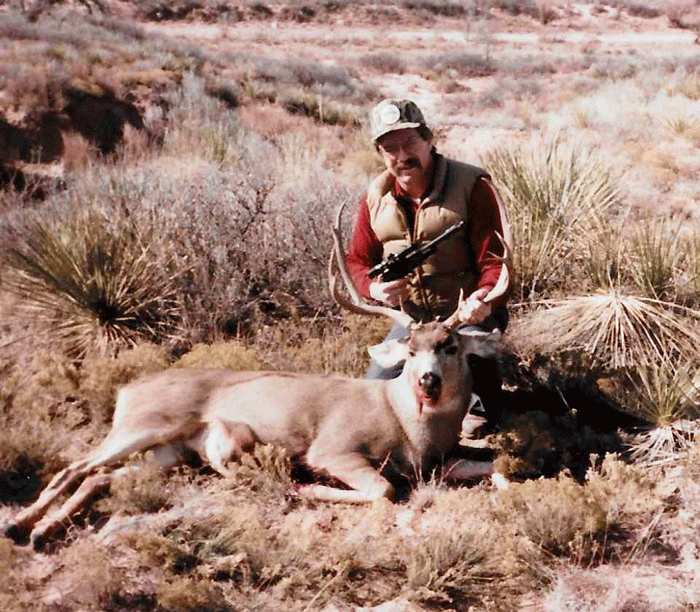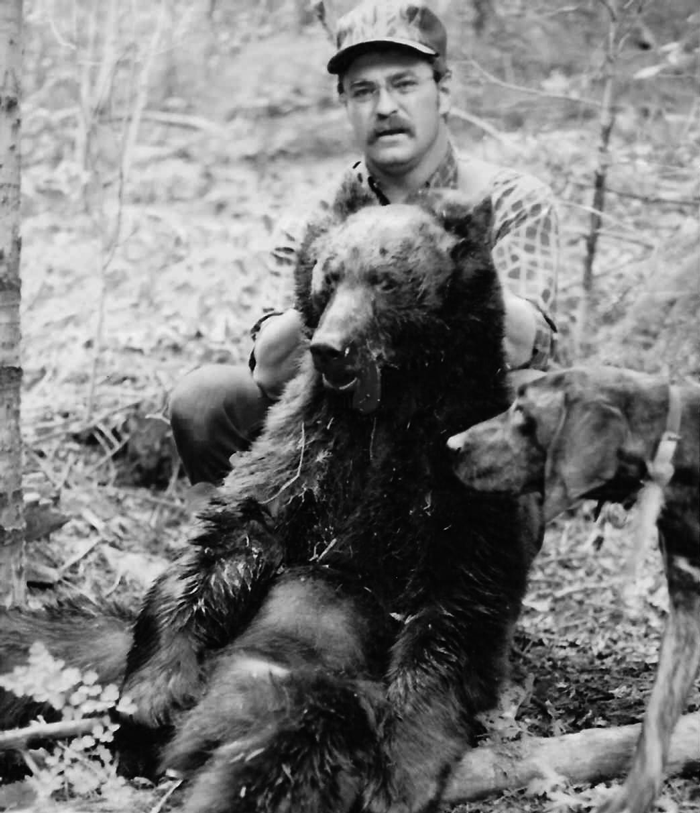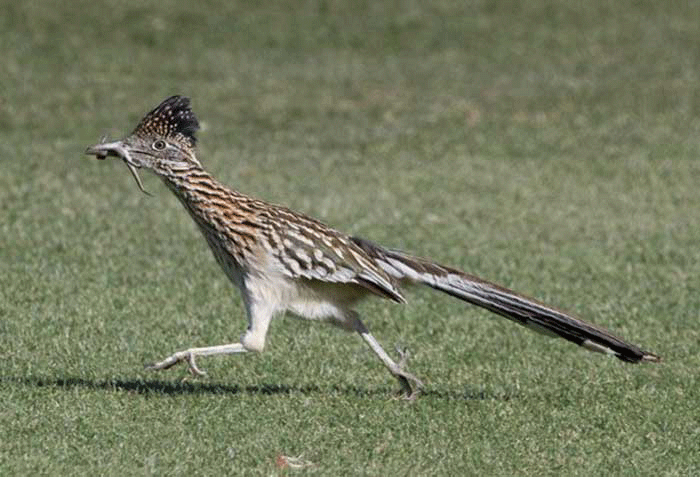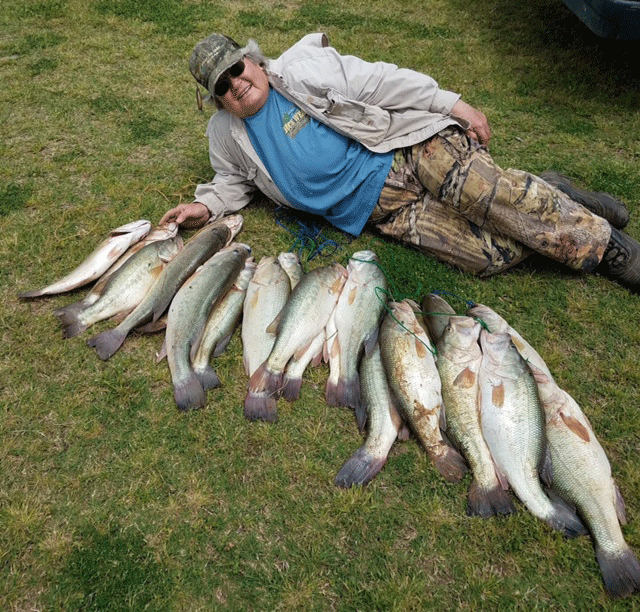Well, the temperatures of the last week have surely slowed down my excitement of upcoming hunting seasons! It’s hard to get excited when the temp is in the upper 90’s. According to the forecast through next week should bring us weather in the upper 70’s and lower 80’s; that’s more like it!
Reports continue that there are good numbers of dove in the area, so if you haven’t been out, there is still time to grab your gear and head out to your favorite spot!
Opening of archery deer season is less than two weeks away and hopefully you have at least started your preparation for the upcoming season. It’s still not too late, but you need to get yourself in gear. Acorns are starting to drop and the forecast of cooler temps ahead will start to trigger the transition from summer to fall patterns.
The bucks are still in bachelor groups but as we move in to fall that will quickly change. Unless you have planted early food plots to attract the deer or have feeders set up, it’s hard to pattern the deer as there is plenty of browse and grazing available. While many farmers have planted their winter wheat, it has yet to come up, so that attractant isn’t in the mix yet!
With my feeders the main visitors have been cows, hogs and the ever present raccoons along with a pair of smalls bucks with a total horn length on both that wouldn’t amount to 8 inches!
While you’re out in our great Oklahoma how often do you see armadillos? Although they play havoc in your yard, they are entertaining to watch.
Growing up I remember getting off my horse and catching them if found in open pasture away from the creek. In open areas it was possible to run them down, grab them by the tail and lift them up. You just wanted to stay away from their feet. While certainly not ferocious critters, those claws used for digging could be hard on your hands while they were trying to get away! We were certainly a lot younger back then; I would have a hard time catching a turtle these days.
I remember when we moved to Missouri in the 80’s, armadillos were just moving into the area. The reports on the news and callers to radio stations were hilarious. Reports of fast moving turtles crossing the roads, spotting of small dinosaur-like critters laying dead on the roadside. For a couple of years we enjoyed the chatter as the armadillo made its was into the Ozarks!
The armadillos are native to South America where 11 different species exist. One species, the nine banded armadillo has made its way through Mexico into Texas and northward into the south central states. It has continued its march due to lack of any natural predators.
This armor-like skin appears to be the main defense of the armadillo, although most escape predators by fleeing (often into thorny patches, from which their armor protects them) or digging to safety. The North American nine-banded armadillo tends to jump straight up in the air when surprised, so consequently often collides with the undercarriage or fenders of passing vehicles.
Armadillos have short legs, but can move quite quickly. The nine-banded armadillo is noted for its movement through water which is accomplished by two different methods: it can walk underwater for short distances, holding its breath for as long as six minutes; also, to cross larger bodies of water, it is capable of increasing its buoyancy by swallowing air, inflating its stomach and intestines.
Armadillos have very poor eyesight, and use their keen sense of smell to hunt for food. They use their claws for digging and finding food, as well as for making their homes in burrows. They dig their burrows with their claws, making only a single tunnel the width of the animal’s body. They have five clawed toes on their hind feet, and three to five toes with heavy digging claws on their fore feet.
Armadillos are often used in the study of leprosy, since they, along with mangabey monkeys, rabbits, and mice are among the few known species that can contract the disease systemically. They are particularly susceptible due to their unusually low body temperature, which is hospitable to the leprosy bacterium. The leprosy bacterium is difficult to culture and armadillos have a body temperature of 34 °C (93 °F), similar to human skin. Humans can acquire a leprosy infection from armadillos by handling them or consuming armadillo meat. That certainly takes them off of my planned menus!
That is probably a lot more than you wanted to know about armadillos but they are another critter of our Great State of Oklahoma!






